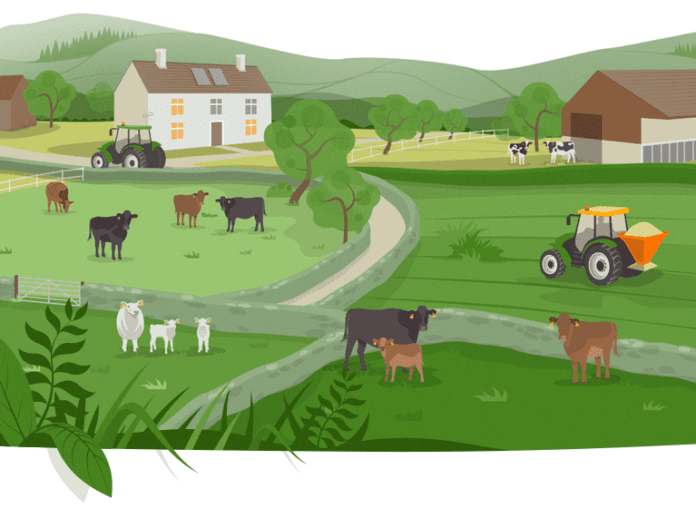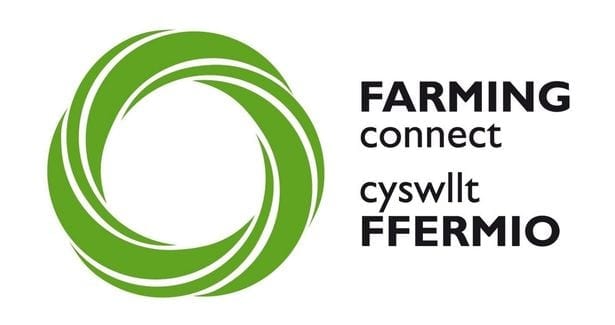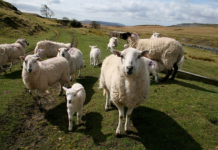Two Welsh livestock farms are taking steps to boost production efficiencies to make their systems more carbon-efficient.
Bryn Farm, near Cardigan, and Hendre Ifan Goch, at Bridgend, are both Farming Connect demonstration sites.
Through their project work with Farming Connect, they are working with independent beef and sheep specialist Dr Liz Genever to implement actions to reduce emissions further.
Both farms already sequester significantly more carbon than they release every year – Bryn Farm’s carbon emission balance is -82.87 tonnes CO2e whilst for Hendre Ifan Goch it is -197.01 tonnes CO2e – because both have high levels of soil organic matter.
During a recent Farming Connect webinar, Dr Genever said there was scope to improve those figures further through marginal gains in multiple areas but added: “It will be a challenge because they are doing such a great job on animal performance.”
The livestock themselves generate the highest emissions. “These are the big ticket items for reducing emissions, gains can be made in areas such as ensuring unproductive animals leave the farm,” Dr Genever added.
At Bryn Farm, 43% of emissions come from the cattle so the focus for farmers Huw and Meinir Jones is to improve efficiency in their 80-cow suckler herd.
The aim is for each cow to wean calves that are at least 45% of their weight; at Bryn Farm cows weigh around 575kg, therefore, if 94 calves per 100 cows bulled are reared and the calves weigh around 260kg at weaning that gives a cow efficiency of over 45%.
Herbal leys are being grown with a view to improving growth rates in growing cattle. The Jones’ will also monitor fuel and nitrogen use.
A min till approach to cultivation for over 10 years and a rotational grazing system have built up high levels of soil organic matter to offset emissions.
At Hendre Ifan Goch, the 600-ewe flock is responsible for 49% of emissions therefore, again, ewe efficiency is the focus along with growth rates.
The aim for the sheep flock is to rear at least 65% of ewe weight to weaning.
“The ewes weigh 65kg therefore if 1.65 lambs per ewe tupped are reared and the lambs average 26kg at weaning, the 65% of mature weight target will be achieved,” says Dr Genever.
Improvements will be sought in post-weaning growth rates as performance can be a challenge in the autumn due to grass availability and trace element deficiencies.
“The more days lambs are on farm, the more they eat and the more methane they produce,” Dr Genever pointed out.
Although carbon is the current hot topic for discussion in agriculture, she warned there were further expectations from buyers to come, such as biodiversity monitoring and the social impact of farm businesses.
“We can get a little bit obsessed about carbon but we need to think about what is coming next too.”
Farming Connect, which is delivered by Menter a Busnes and Lantra, has received funding through the Welsh Government Rural Communities – Rural Development Programme 2014-2020, which is funded by the European Agricultural Fund for Rural Development and the Welsh Government.
Help keep news FREE for our readers
Supporting your local community newspaper/online news outlet is crucial now more than ever. If you believe in independent journalism, then consider making a valuable contribution by making a one-time or monthly donation. We operate in rural areas where providing unbiased news can be challenging. Read More About Supporting The West Wales Chronicle

























